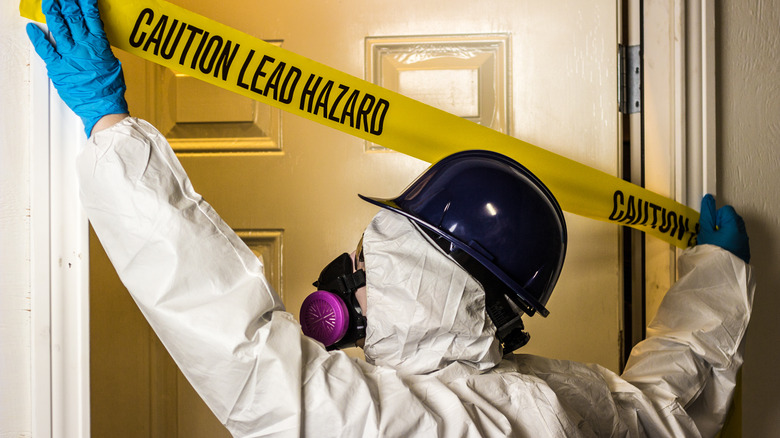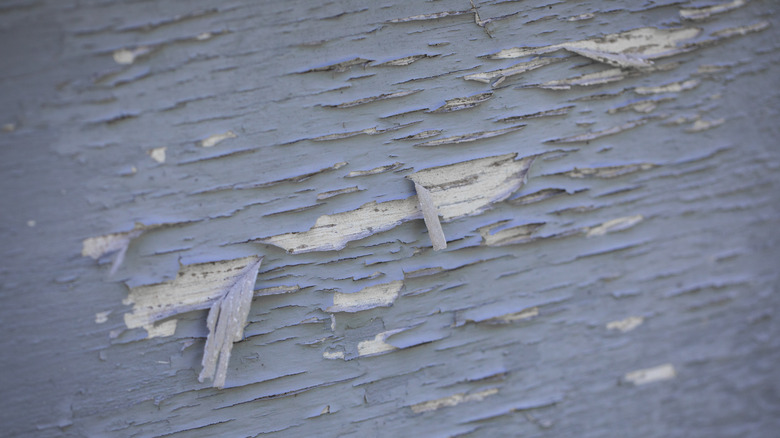Why The Paint In Your House Could Be Making You Sick
For many of us, our home serves as a safe space and a sanctuary from the outside world. What it should not do, is make you sick. Unfortunately, there is more than one way a home-inspired illness can happen. According to The Healthy, houses can be filled with toxic dust, poor ventilation, and wall-to-wall carpet containing potential allergy triggers.
If you suspect that your home is making you sick, and you have ruled out the above mentioned culprits, then you might need to check your walls. More specifically, the paint on your walls. Because that beautiful color that makes the perfect backsplash to all of your interior choices could be tainted with lead.
As stated by the United States Environmental Protection Agency (the EPA), "If your home was built before 1978, it is more likely to have lead-based paint." So if you are currently living in an older home, you'll need to know what signs to look out for.
Symptoms of lead poisoning range from mild to severe
The U.S. Department of Housing and Urban Development (HUD) claims that lead is an extremely toxic metal that can damage the brain and other organs, such as in the kidneys, nerves, and blood. Children are often most exposed to lead poisoning and reported behavioral problems, learning disabilities, and seizures have resulted from exposure to this highly poisonous metal. Less serious, but still worrisome symptoms such as headaches, stomach aches, nausea, tiredness, and irritability have also been documented.
Unfortunately, lead-based paint has affected many and is one of the most common causes of lead poisoning (via Real Simple). If you are experiencing symptoms or live in a house that was built before 1978, it may be time to check into the type of paint you have on your walls. HUD recommends testing for lead hazards by hiring a lead professional. In addition, it would be wise to have the soil around the house checked as a possible source of lead too. This way, your home can continue to be your sanctuary, not the cause of an avoidable illness.


